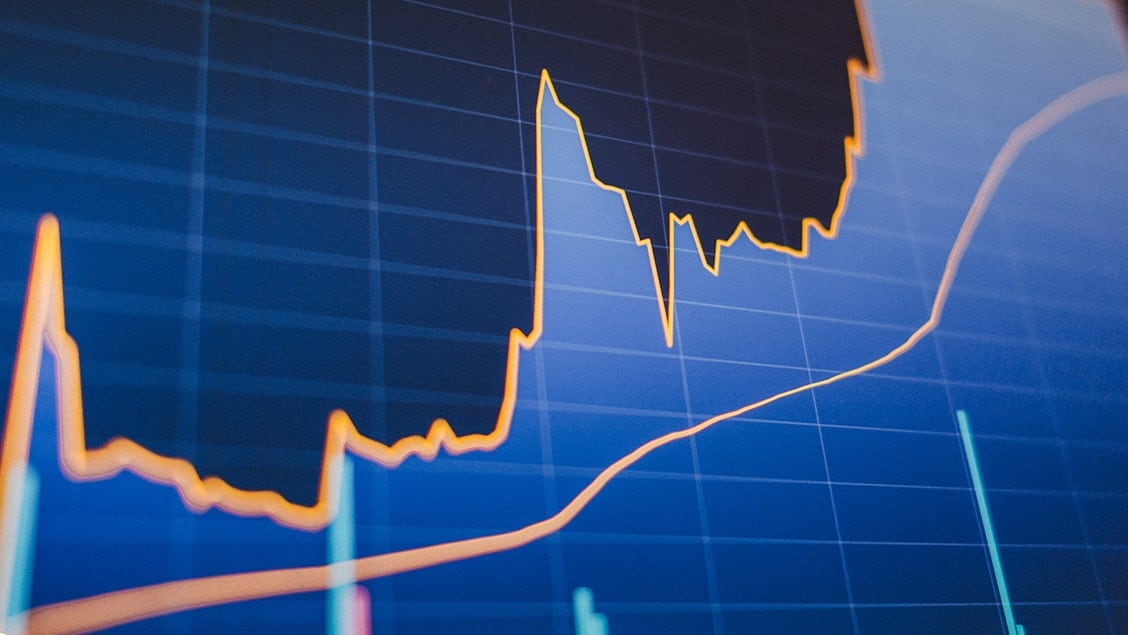

Positive turn for the economy
Orson Welles once quipped that if you want a happy ending you must know where to stop your story. And so it is with the US economy. It is in a good place. Defying expectations for a recession, the US economy grew by 2% in the first quarter and probably between 1.5% and 2.0% in the second quarter. The world’s largest economy created around 1.7 million jobs in the first half, down from nearly 2.7 million in the first half of 2022, but still respectable and sufficient to keep unemployment rate hovering near its lowest level in a generation.
Inflation is slowing. The deflator for personal consumption expenditure, which the Federal Reserve targets, rose at an annualized rate of 3.6% through the first five months of the year. In the first five months of 2022, it surged at an annualized clip of 9.4%.
Still, the economy growing faster than the Fed thinks is consistent with non-inflationary growth, and the resilience of the labor market, and stickiness of prices excluding food and energy. In June, the Federal Reserve did not hike rates, but signaled it would likely do so two more times this year. That would bring the upper end of the target range to 5.75%, which is where many expected it to finish the year before the banking stress erupted in March.
A risk that looms, which everyone seems to be aware of, comes from commercial real estate. At the end of the first half of the year, the Federal Reserve, the Office of the Comptroller of the Currency, the National Credit Union Administration, and the FDIC issued "guidance" that asked banks and credit unions to work with "creditworthy borrowers" during times of financial stress. The regulators said that financial institutions should provide short-term "accommodations" (e.g., deferring payments, accepting partial payments, or modifying a loan) before the loans become problematic.
This would be the ideal place to end our story with a fairly happy ending. This may be the best it gets. The median forecast by Fed officials in June was for the economy to grow 1% this year and it would practically achieve this in the first half. This is a warning that the economy is likely to slow markedly over the next couple of quarters. Jobs growth is likely to slow further. And the moderating pace of inflation may stall in the coming months.
The market is fairly confident of a hike in July but is not convinced that the Federal Reserve will deliver the second hike it signaled. It seems only a sharp drop in price pressures, a significant deterioration of the labor market, or intense financial stress will steady the Fed’s hand. The median Fed forecast is for the Fed funds target to be between 4.50% and 4.75% at the end of 2024.